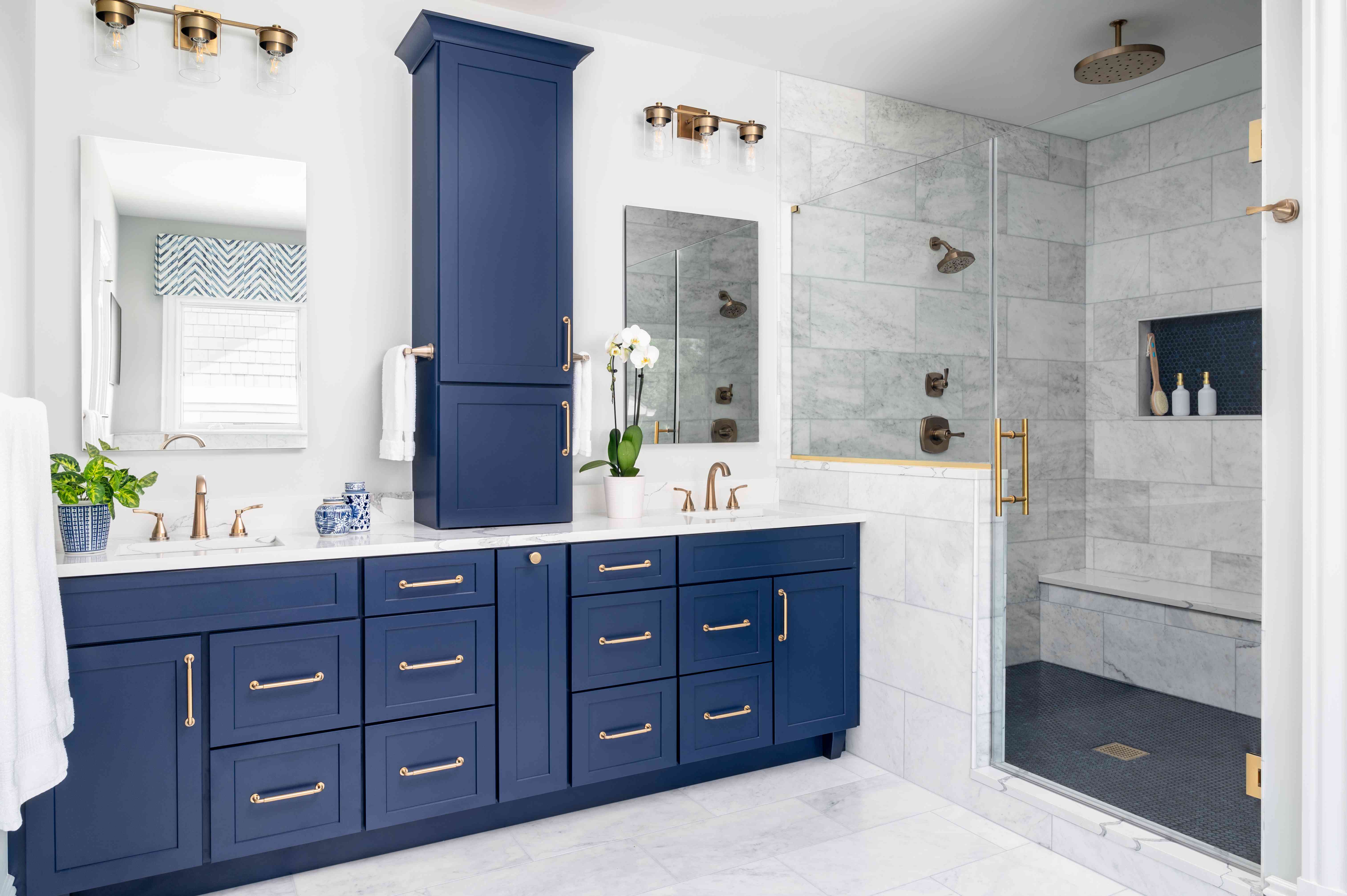Frequently Asked Questions
-
The necessity for permits is depends on the scope of the remodel and what is being tore down or what is going up. If permits are necessary, we will acquire them on behalf of the client.
-
There are individuals who choose to repaint their homes upon purchase to modify the color scheme, while others opt for a fresh coat of paint before listing their property for sale to improve its exterior attractiveness. However, it's typical to repaint one's home every 5-10 years or every 4-7 years if it has a stained finish. Houses located near the sea usually require more frequent painting due to the corrosive sea breeze. Several elements, such as the level of preparation carried out previously (including sanding and scraping) and the grade of the paint selected, play a role in determining how long the paint lasts.
In the case of stained surfaces, it's noticeable when the wood starts drying. Paint may also become chalky or lose its vibrance due to prolonged exposure to sunlight. Inferior paint with sparse pigment can manifest uneven tones based on how sunlight hits it. It is advisable to repaint stucco every 5-7 years; failure to do so can lead to cracks or chunks falling off. A good number of homeowners adopt a regimen of repainting every 5-7 years, likening it to changing a vehicle's oil, to avert potential damage. -
We've got you covered on all fronts when it comes to carpentry work connected with painting. Wave goodbye to the hassle of bringing in an outside carpenter; if there are hitches, our skilled hands are on deck to square them away as an integral part of our painting primer phase. Trimming, molding, siding – you name it, we mend it. But that's not all – sanding, sheetrock patching, and caulking are all in a day's work for us. So here's the deal – we're not just slapping paint on a surface; we're all about delivering that flawless, finished masterpiece you're dreaming of.
-
Our tool of choice? A nifty 3M lead check swab – a quick rub on the surface is all you need to do. If the swab has a red hue, we've got lead on our hands. Now, if there is lead paint in your walls, the EPA's just a phone call away, and they've got the answers you need on steps to remove it. Just dial 1-800-424-LEAD and get the process started.
-
The outdoor paint and primers in our arsenal are formulated for temperatures of 35 degrees or above, and they fare well provided the night before hasn't been frosty. Typically, we prefer to get our brushes rolling when the temperature stays steadily at about 42 degrees or higher.
-
No, a brief phone call to address a few questions regarding your needs (or a response to an email with questions) is all that's necessary for us to provide you with an estimate for exterior painting. It's essential for us to understand specifics such as what areas you want to include (home, garage, deck, etc.), and if there are extensive carpentry tasks or window re-glazing needed. Additionally, we need to be informed if you are contemplating a full shift in color.
-
In preparation for interior painting, we advise to relocate small and fragile items. If you feel confident in handling them yourself, you may consider taking down pictures or mirrors from the walls. For heavier objects that cannot be easily moved, our team will take care of moving them. We will also ensure thorough coverage of everything using plastic sheets and tarps. As for exterior painting, it is recommended to move small items such as potted plants away from the house. If you have window-based air conditioning units, it is preferable to bring them indoors. If assistance is needed, we are more than happy to help. We also recommend that you park your car away from your house and that you provide access to hose water for our use.
-
Typically, exterior paint reaches a dry-to-touch state within approximately two hours of application. However, it is essential to allow a minimum of four hours of drying time before applying a recoat. On the other hand, interior paint generally dries to the touch within an hour or two after application.
-
The longevity of paint and stain on surfaces is influenced by various factors such as climate, sun exposure, and the quality of preparation. When the surface has undergone proper preparation, including thorough sanding and caulking, and is free from rot and gutter issues, the application of high-quality paint can typically provide a lasting finish of around 8 to 10 years. Stain, on the other hand, presents a slightly more complex situation as its durability depends on factors like sun exposure, climate, and the darkness of the stain. Generally, stain can endure anywhere between 4 to 12 years.
Schedule Your First Visit
Request AppointmentMonday - Friday: 8am-5pm
Saturday - Closed
Sunday - Closed


